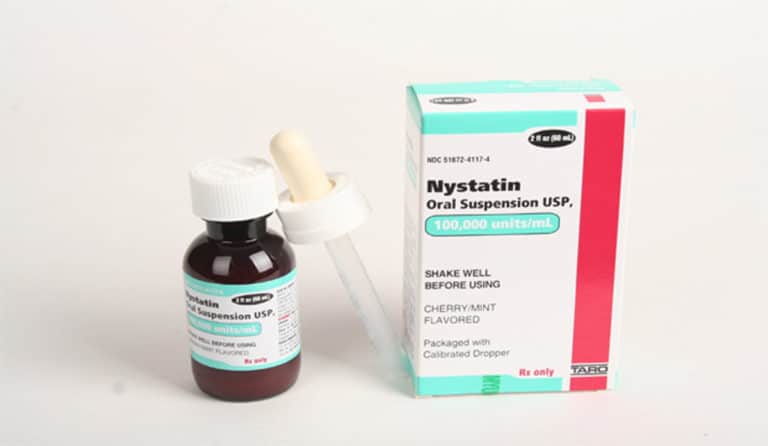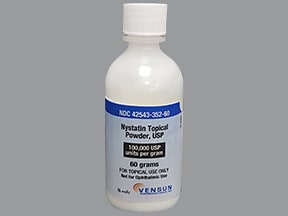

Sometimes they may also recommend blood tests. Your GP will usually be able to diagnose oral thrush by examining your mouth. In severe cases that are left untreated, there is also a risk of the infection spreading further into your body. If left untreated, the symptoms will often persist and your mouth will continue to feel uncomfortable. Some treatments are available that can help. Speak to your pharmacist if you develop symptoms of oral thrush. If you have oral thrush your mouth is red inside and you have white patches. This can include high-protein shakes if you can tolerate them or alternative feeding options, such as a gastric tube in severe situations.In some cases, the symptoms of oral thrush can make eating and drinking difficult. If your esophageal thrush has compromised your ability to eat, your doctor may discuss nutritional options with you. Most importantly, treating the HIV is important for controlling the esophageal thrush. People with late-stage HIV might need a stronger medication, such as amphotericin B. If your infection is slightly more severe, you may receive an antifungal medication called fluconazole delivered intravenously in the hospital. The medication can come in a variety of forms, such as tablets, lozenges, or a liquid that you can swish in your mouth like mouthwash and then swallow. This prevents the fungus from spreading and works to eliminate it from the body. The goals of treating esophageal thrush are to kill the fungus and prevent it from spreading.Įsophageal thrush warrants systemic antifungal therapy, and an antifungal medication, such as itraconazole, will likely be prescribed. They can also have the distinctive white lesions associated with thrush. While babies can’t say if they’re feeling bad, they may become more fussy and irritable. If you experience these conditions, you should watch your baby for signs of infection. significant pain when nursing or pain between nursing sessions.stabbing pains felt deep within the breast.especially red, sensitive, cracking, or itchy nipples.white lesions on the roof of your mouth, tonsils, and gumsīreastfeeding moms can experience Candida infection of the nipples, which they can pass on to their babies.creamy white patches on the inside of the cheeks and on surface of the tongue.It’s also possible for esophageal thrush to spread to the inside of your mouth and become oral thrush. white lesions on the lining of your esophagus that may look like cottage cheese and may bleed if they’re scraped.The symptoms of esophageal thrush include: Identifying the symptoms of esophageal thrush use a steroid inhaler for conditions like asthma.take certain medications, such as antibiotics.There are other risk factors that make someone more likely to develop this condition.


Developing esophageal thrush this way is uncommon. Infants can also develop oral thrush from breastfeeding if their mother’s nipples are infected. More importantly, uncontrolled diabetes also hurts your immune system, which allows for candida to thrive.īabies who are born vaginally can develop oral thrush if their mothers had a yeast infection during delivery. If you have diabetes, there’s often too much sugar present in your saliva. People with diabetes are also at an increased risk of developing esophageal thrush, especially if their sugar levels are not well controlled. According to the Centers for Disease Control and Prevention (CDC), 20 percent of all people with cancer develop the condition. Having AIDS is the most common underlying risk factor. People with compromised immune systems, such as those with HIV, AIDS, or cancer, and older adults are at a higher risk. If you’re healthy, it’s unlikely you will develop this condition.


 0 kommentar(er)
0 kommentar(er)
